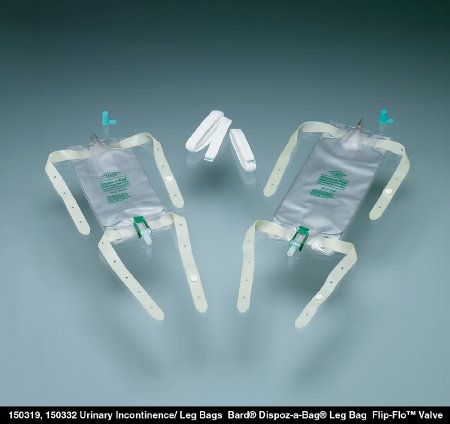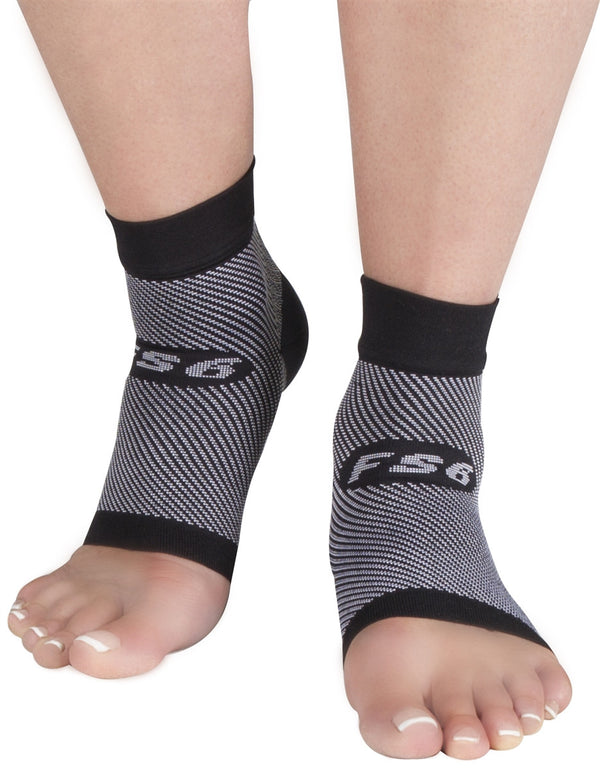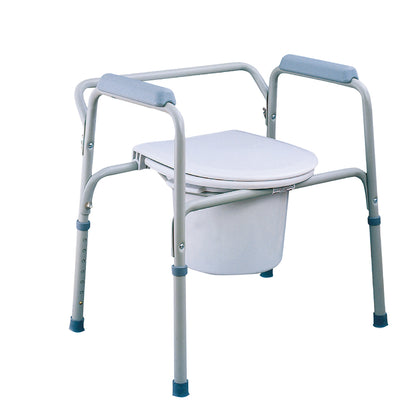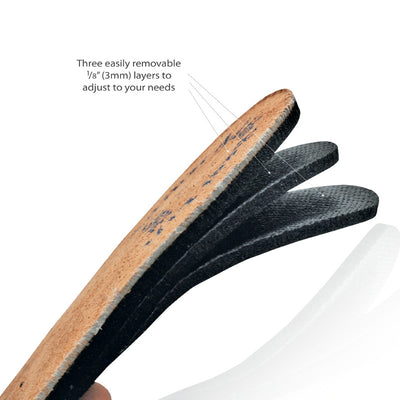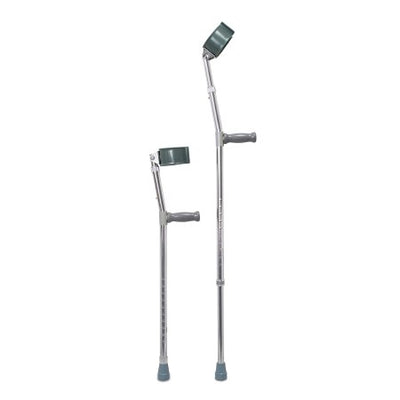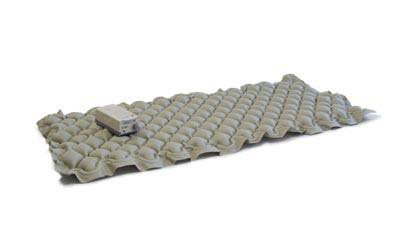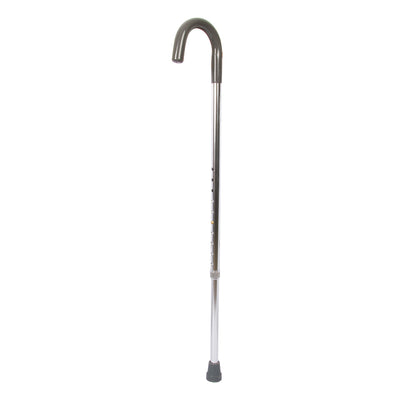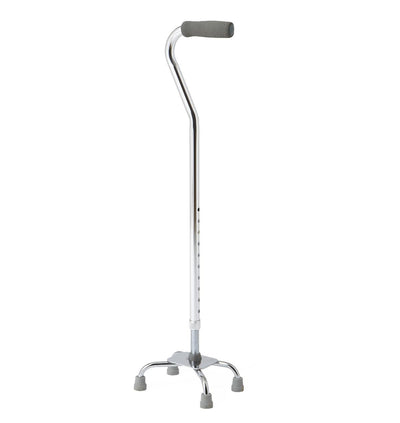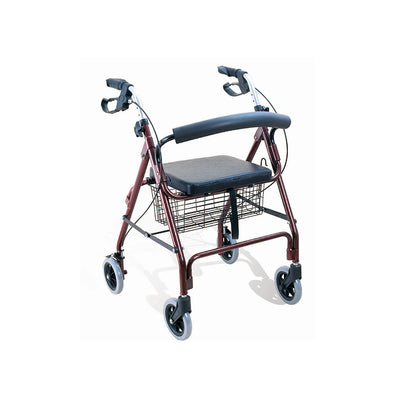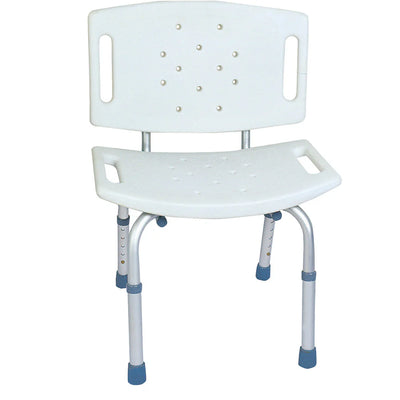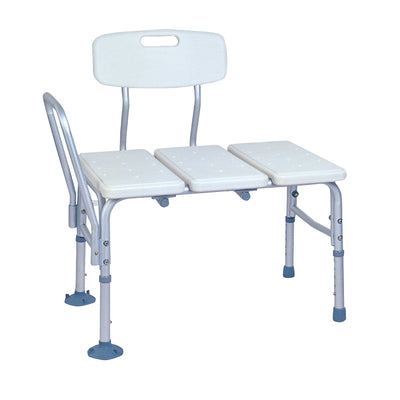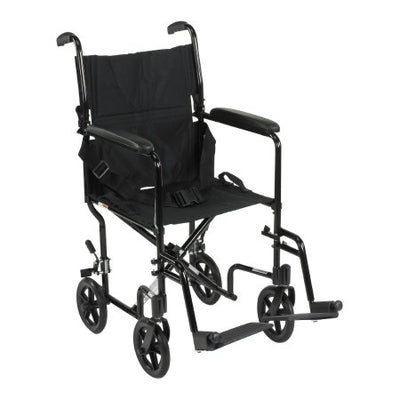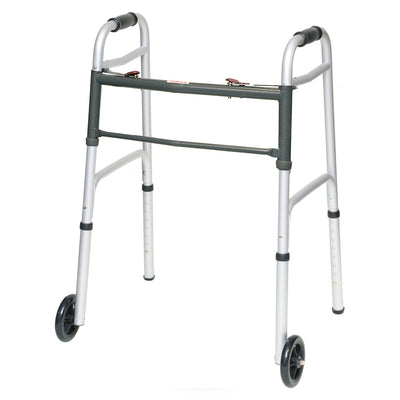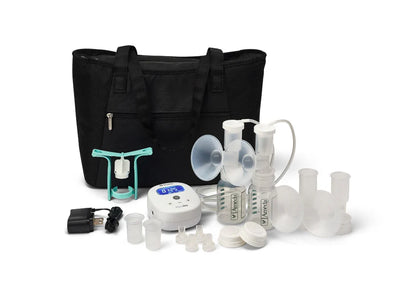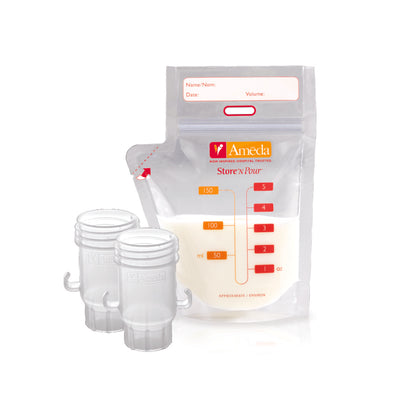 Balancing, walking, and even standing can become very difficult when mobility declines. By 2010, 5.5 Americans lived to the age 85 or older. By 2050, this age group of people 85 and older is expected to grow to 19 million, or 5% of the population, according to the Institute of Aging. This means that common issues that accompany aging, like immobility, may become more frequent.
Balancing, walking, and even standing can become very difficult when mobility declines. By 2010, 5.5 Americans lived to the age 85 or older. By 2050, this age group of people 85 and older is expected to grow to 19 million, or 5% of the population, according to the Institute of Aging. This means that common issues that accompany aging, like immobility, may become more frequent.
Let's take a look at four bodily systems that face some of the biggest issues as a result of immobility.
Respiratory system
Although some people may think the respiratory system would have an easier time functioning when they're stationary, the opposite is actually true. Fluid is much more likely to build up in the lungs of an immobile person because the muscles are not working to remove excess fluid from the body. Breathing can become more shallow and deep breaths become difficult as a result.
Musculoskeletal system
When the musculoskeletal system begins to decline, individuals begin to lose their flexibility and fine motor skills can become difficult to perform. Immobility causes muscles and bones to weaken, which makes broken bones and torn muscles more likely. In addition, calcium can no longer be absorbed properly by the bones and muscles stiffen rapidly.
Nervous system
Believe it or not, physical sensations like touch can suffer from a lack of mobility. The body starts to experience unusual pressure when it is immobile for an extended period of time, and that pressure can even become painful after a while. The body then becomes less sensitive to other, normal sensations. Eventually, the body won't be able to feel them at all.
Gastrointestinal
Unfortunately, immobility can result in serious digestive difficulties. Appetite tends to decrease with decreased mobility, and intestines cannot absorb nutrients as effectively. Immobility slows down the digestive system altogether. This all can cause fecal impaction and constipation.
Immobility can have seriously negative effects on these bodily systems. Fortunately, there are mobility parts like wheelchairs, walkers, canes, and crutches to help individuals become mobile again. They will then be able to fight off some of these issues that come with immobility.








